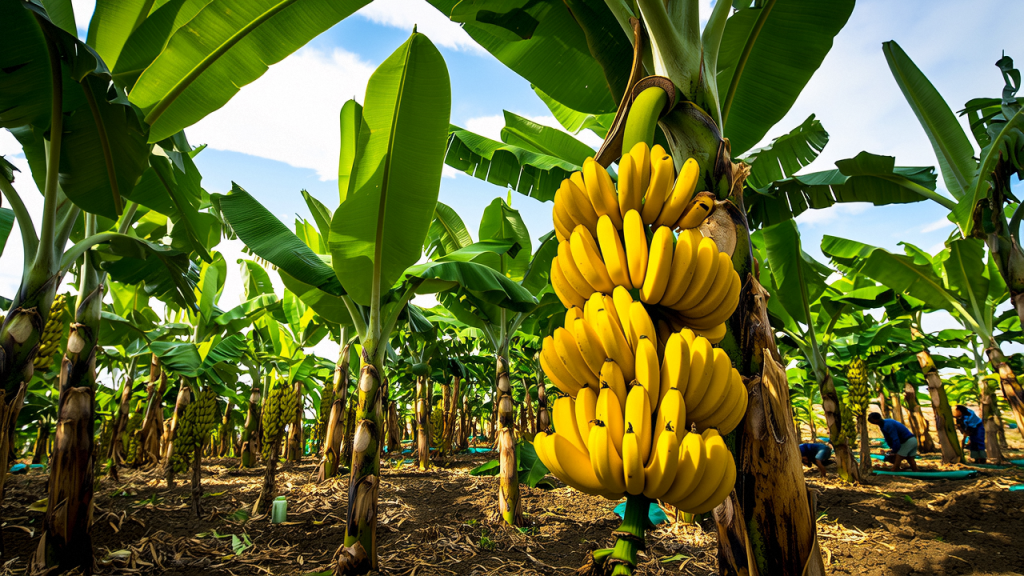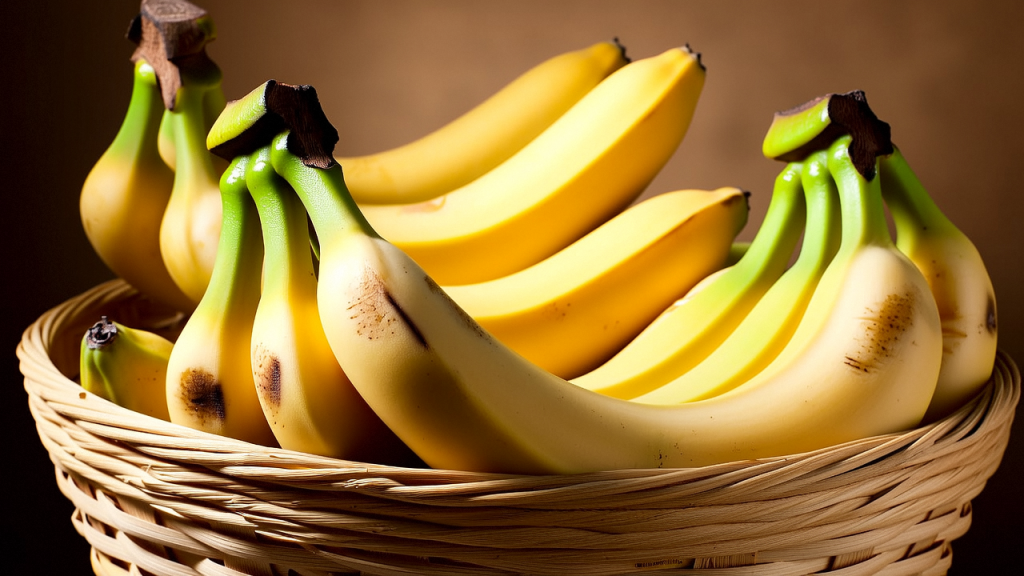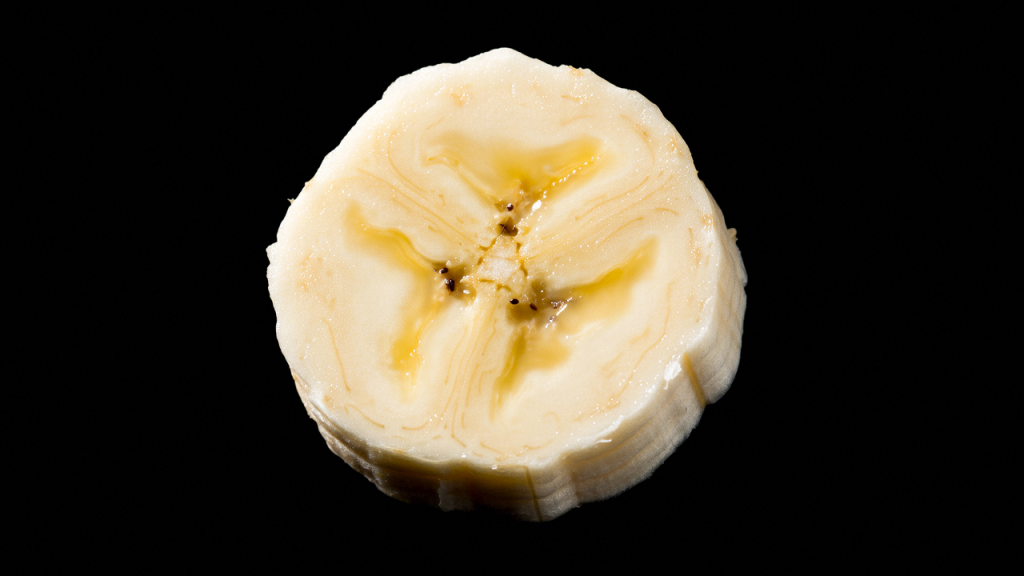Banana Planting Technical Guide
Maximizing Yield and Profitability Through Scientific Cultivation
(Based on the data of the world's main producing countries and the optimization practice of China's new fertilizer system)
Bananas rank among the world’s most traded fruits, feeding over 400 million people globally. Yet farmers battle crippling challenges: Fusarium wilt TR4 threatening extinction, nutrient depletion slashing yields by 40%, and post-harvest losses exceeding 30%. This Banana Planting Technical Guide synthesizes cutting-edge research from Latin America, Africa, and Southeast Asia to deliver actionable solutions.
🌍 Optimal Site Selection and Soil Preparation
Soil and Climate Foundations
Bananas demand deep, well-drained soils (pH 5.5–6.5) with high organic matter (>3%). Acidic soils below pH 5.0 induce aluminum toxicity, while alkaline conditions lock up zinc and iron. Optimal temperatures range between 26–30°C; frost kills foliage at 0°C.
Soil Reconditioning Protocol
Pre-planting green manure: Grow Crotalaria juncea for 60 days. Plow it under to add 3–4 tons organic matter/ha, boosting cation exchange capacity by 25%.
Biochar integration: Mix 5 tons/ha biochar with compost to increase water retention by 18% and reduce leaching in sandy soils.
Terracing steep slopes: On gradients >10°, build contour terraces with 2-meter intervals to cut erosion by 90%.
💧 Precision Water and Nutrient Management
Smart Irrigation Scheduling
Bananas require 2,500–3,000 mm/year of water. Under-irrigation causes choking, while overwatering spreads Panama disease. Deploy:
Tensiometers at 30 cm depth: Irrigate when readings hit –30 kPa.
Mulching: Apply rice straw mulch (10 cm thick) to reduce evaporation by 40% and suppress weeds.
Fertilizer Optimization by Growth Phase
*Table: Annual Nutrient Requirements for ‘Grand Nain’ (35 tons/ha target yield)*
| Growth Stage | N (kg/ha) | P₂O₅ (kg/ha) | K₂O (kg/ha) | Key Product Solutions |
|---|---|---|---|---|
| Planting–30 DAP | 80 | 40 | 60 | 10-40-10 +TE water-soluble + BioRoot-Max microbial inoculant |
| Vegetative (30–150 DAP) | 180 | 60 | 220 | 30-10-10 +TE + Amino-CaMg liquid foliar |
| Flowering–Harvest | 140 | 50 | 280 | 10-5-45 +TE + MKP (0-52-34) foliar spray |
Source: Revised from IPI Potassium Guidelines
Efficiency Boosters:
Foliar feeding: Apply 420-0-0 liquid N at 15 L/ha during rapid leaf emergence.
Slow-release potassium: Use polymer-coated K₂O (e.g., K-Fortify SR) to cut leaching by 60% versus KCl.
🦠 Integrated Disease and Pest Control
TR4 Fusarium Wilt Countermeasures
Resistant cultivars: Plant ‘GCTCV-218’ or ‘Formosana’—show 80% survival in infected soils vs. 0% for ‘Cavendish’.
Biofumigation: Chop Brassica juncea into soil 30 days pre-planting; releases isothiocyanates lethal to Fusarium.
Microbial shields: Apply Trichoderma harzianum + chitin (5 kg/ha) at planting—reduces TR4 incidence by 70%.
Nematode and Weevil Management
Carbofuran alternatives: Use Purpureocillium lilacinum microbial agents—cut Radopholus similis populations by 90% without chemical residues.
Trapping weevils: Install pseudostem traps baited with pheromones (e.g., Cosmolure), emptying weekly.
📊 Harvest and Post-Harvest Protocols
Determining Ripeness
Finger angles: 75–85° indicates physiological maturity.
Brix calibration: Harvest at 19–22° Brix for export markets; use digital refractometers.
Preservation Innovations
Modified atmosphere packaging: Seal bananas in 5% O₂ + 5% CO₂ bags to extend shelf life by 14 days.
Edible coatings: Dip in chitosan solution (1%) to reduce anthracnose lesions by 85%.
⚙️ Cost-Benefit Analysis of Three Fertilizer Strategies
Table: Economic Comparison per Hectare (Philippine Peso)
| Strategy | Input Cost | Yield (tons/ha) | Net Profit | ROI (%) |
|---|---|---|---|---|
| Conventional NPK | ₱24,500 | 31.2 | ₱98,300 | 301% |
| Slow-release + organics* | ₱38,700 | 42.8 | ₱147,600 | 381% |
| Full organic** | ₱29,200 | 36.5 | ₱112,900 | 387% |
**Combines 2 tons compost + slow-release K + water-soluble TE blends
***Uses 5 tons vermicompost + microbial consortia + fermented plant extracts* Click to view product store!
Key Insights:
Slow-release/organic hybrids deliver highest yields by synchronizing nutrient release with phenological stages.
Full organic systems excel in ROI long-term by rebuilding soil health—yields rise 12% annually after Year 2.
🚀 Technology Integration for Future Farms
Digital Agriculture Platforms
Deploy FarmGyan (farmgyaan.digital) for:
Drone-based health scouting: AI detects early yellowing (nitrogen deficit) or leaf spot with 95% accuracy.
Irrigation automation: Soil moisture sensors trigger watering only when root-zone VWC drops below 25%.
Aeroponic Seedling Production
Grow tissue-cultured plants in mist chambers—accelerates root development by 3x versus soil media. Learn aeroponic designs at CIAT Aeroponics Manual.
💎 Conclusion: Building Resilient Banana Systems
Mastering modern banana cultivation requires integrating genetics, precision nutrition, and digital tools. Adopting TR4-resistant varieties with slow-release fertilizers and microbial inoculants can slash input costs by 30% while boosting yields by 15–25%.
Farmers in Ecuador using these strategies report ₱147,600/ha net profits—proof that science-driven farming outpaces traditional methods.
If you are interested in this article, or have any questions that need to be answered, You can find us at any time through the chat icon in the lower right corner of the webpage. Of course, you can also check out our other social media (such as Linkedin) to learn more about us.

The bayberry garden after fertilization is lush with branches and leaves, and the amount of fruit hanging from a single plant has increased by 35%, and the harvest is strong!

The fruit is evenly and plump, with a diameter of more than 3cm, a sugar content of up to 12%, and a 40% increase in commodity rate!

The flesh is thick and juicy, the edible rate is 92%, the anthocyanin content is increased by 20%, and the nutrition is richer!
